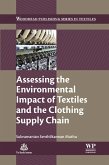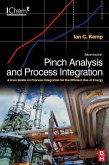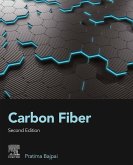This new edition offers tips and techniques for practical applications, supported by several detailed case studies. Examples stem from a wide range of industries, including buildings and other non-process situations. This reference is a must-have guide for chemical process engineers, food and biochemical engineers, plant engineers, and professionals concerned with energy optimization, including building designers.
- Covers practical analysis of both new and existing processes
- Teaches readers to extract the stream data necessary for a pinch analysis and describes the targeting process in depth; includes a downloadable spreadsheet to calculate energy targets
- Demonstrates how to achieve the targets by heat recovery, utility system design, and process change
- Updated to include carbon footprint, water and hydrogen pinch, developments in industrial applications and software, site data reconciliation, additional case studies, and answers to selected exercises
Dieser Download kann aus rechtlichen Gründen nur mit Rechnungsadresse in A, B, BG, CY, CZ, D, DK, EW, E, FIN, F, GR, HR, H, IRL, I, LT, L, LR, M, NL, PL, P, R, S, SLO, SK ausgeliefert werden.









